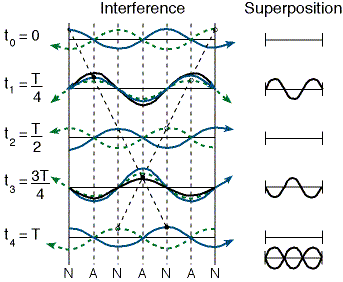- Messages
- 41
- Reaction score
- 19
- Points
- 18
p.d. across P = p.d. across R38th question, I'm slightly confused. Can someone help?
So P/Q = R/S
We are currently struggling to cover the operational costs of Xtremepapers, as a result we might have to shut this website down. Please donate if we have helped you and help make a difference in other students' lives!
Click here to Donate Now (View Announcement)
p.d. across P = p.d. across R38th question, I'm slightly confused. Can someone help?
thank you!p.d. across P = p.d. across R
So P/Q = R/S
is it B?
Ais it B?
huh im confused too now..
Length of 1 turn is pi*D. Length of n turns is pi*D*N. Cross section area = pi*d^2/4.
Shouldn't the 2 resistances be added?Length of 1 turn is pi*D. Length of n turns is pi*D*N. Cross section area = pi*d^2/4.
no as the resistance is only from copper wire due to its length and areaShouldn't the 2 resistances be added?
a = -F/m. s = 100. v = 0.
Waves are in phase. Which means that their path difference is 0. Which means that their displacement is same. So the answer is C.
This diagram shows how the superposition of an incident and reflected wave results in a stationary wave.

What is this??2(x+5) + 1 = 7 + 2x. Please help.
2(x+5) + 1 = 7 + 2x. Please help.
Because area under Force extension graph is always the work done in stretch the wire, given no plastic deformation has occurred. If plastic deformation occurs then the area under the graph beyond yield point, is the energy used to permanently deform the wire
For almost 10 years, the site XtremePapers has been trying very hard to serve its users.
However, we are now struggling to cover its operational costs due to unforeseen circumstances. If we helped you in any way, kindly contribute and be the part of this effort. No act of kindness, no matter how small, is ever wasted.
Click here to Donate Now